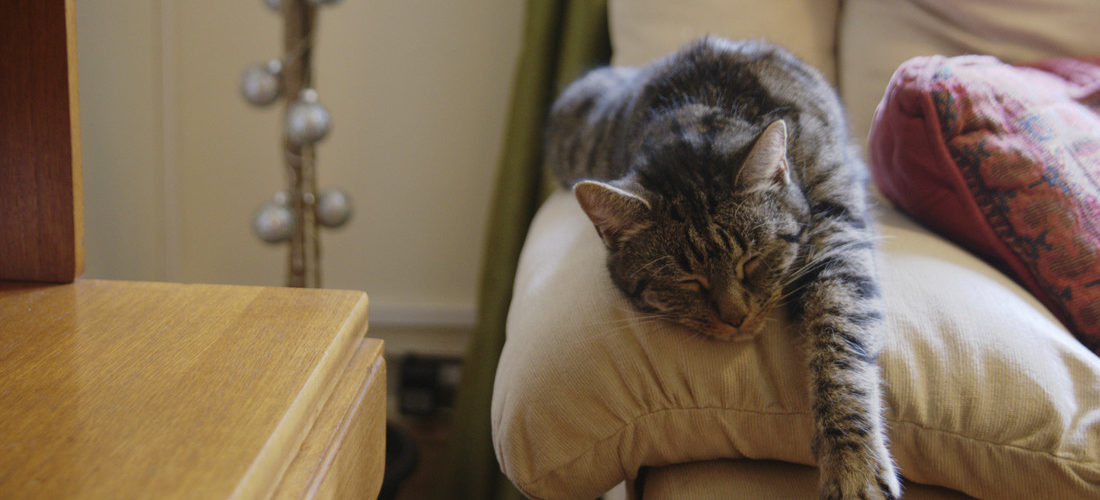A question we often get asked is ‘What is acceptable ‘wear and tear’ of the property I’m renting?’
There are no precise rules on what is ‘acceptable wear and tear’. We’re here to clear things up a bit for you. Our colleague, David, explains what this means for tenants and landlords.
Some landlords believe that a property should be returned to them in exactly the same condition as at the start of the tenancy. However, the law recognises that change will happen in a property over time which falls short of intentional damage or neglect.
For example, it is reasonable to expect carpet tread to flatten over time where there has been foot traffic. This would be considered fair and wear. However, if you have a cat, and they damage and scratch the sofa that was provided by the landlord, this would most certainly be damage.
In general terms, the longer the tenancy or the greater the number of occupants, the higher the level of wear and tear. A family with young children and pets will have a greater allowance for fair wear and tear than a single person. It is important to take into account the lifespan of items and their quality. The quality of the carpet or an appliance can affect the expected lifespan.
In summary, acceptable ‘wear and tear’ is damage that happens naturally over time that’s unpreventable. Your landlord can’t expect you to pay for damage of this nature.


